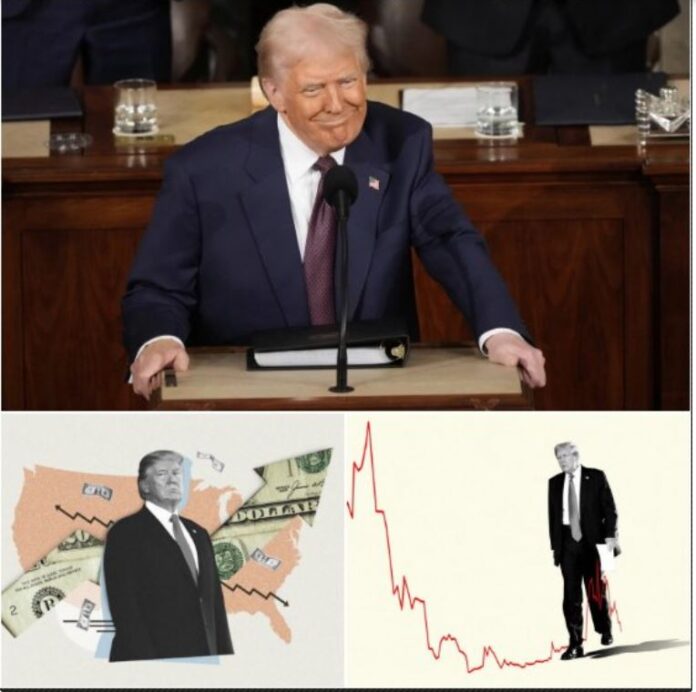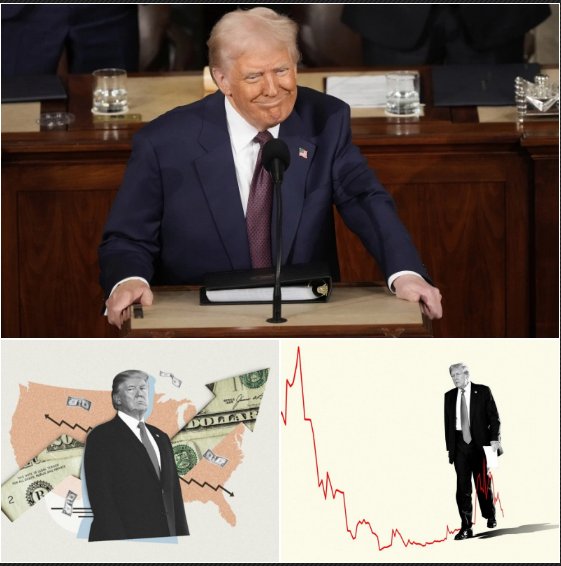
Donald Trump’s presidency was marked by significant economic policies and decisions that aimed to reshape the U.S. economy. From tax cuts to trade wars and deregulation, Trump’s economic approach stirred both support and controversy. Yet, despite the economic growth observed in the early years of his administration, a substantial portion of the American public—54%—disapproved of how Trump managed the economy. But what are the reasons behind this growing discontent?
This article explores the key factors contributing to the 54% disapproval rating of Trump’s economic management, examining his major economic policies, their impact on various demographics, and the broader public sentiment towards his economic decisions. By breaking down these elements, we can gain a clearer understanding of the reasons behind the public’s dissatisfaction with Trump’s economic leadership.
## **Trump’s Economic Policies: A Recap**
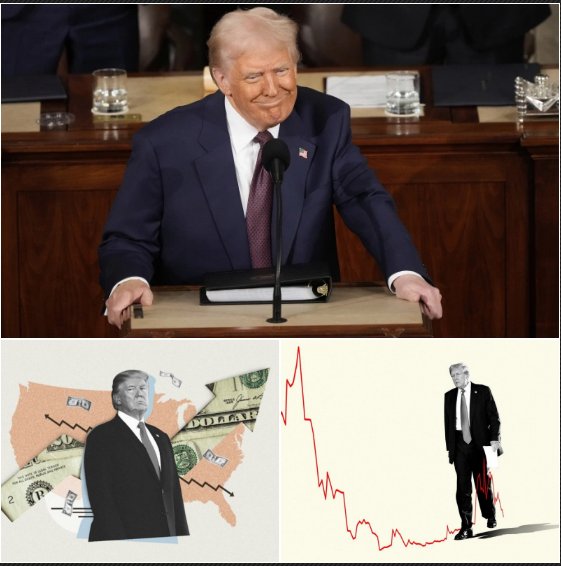
To understand why so many Americans disapproved of Trump’s economic management, we need to look at the key policies he implemented during his presidency. These include tax cuts, trade tariffs, deregulation, and attempts to overhaul healthcare. Let’s review these major policies to understand how they affected the U.S. economy.
### **1. The Tax Cuts and Jobs Act (2017)**
One of Trump’s flagship economic policies was the Tax Cuts and Jobs Act, passed in December 2017. The law aimed to reduce corporate tax rates, lower individual tax rates, and stimulate economic growth. While proponents of the tax cuts argued that they would lead to increased investment, job creation, and economic growth, critics raised concerns about the long-term consequences of such policies.
The tax cuts were particularly beneficial to corporations and wealthy individuals, with corporations seeing a significant reduction in their tax rates from 35% to 21%. Critics argued that these tax cuts disproportionately favored the rich, while the benefits to middle- and lower-income families were more limited. The law also increased the national deficit, as the revenue lost due to the tax cuts was not offset by an increase in economic growth, contributing to long-term budgetary concerns.
### **2. Trade Wars and Tariffs**
Trump’s trade policies were another central aspect of his economic management. One of his key actions was launching trade wars, particularly with China, by imposing tariffs on billions of dollars’ worth of goods. Trump argued that these tariffs would help reduce the U.S. trade deficit, protect American manufacturing jobs, and counteract unfair trade practices by other countries.
However, these tariffs created ripple effects across global markets, leading to higher prices for consumers and supply chain disruptions. Many businesses, particularly those that relied on Chinese imports, found themselves facing higher production costs. Additionally, retaliation from countries like China led to tariffs on American agricultural products, harming U.S. farmers. The trade wars were a contentious issue, and while they did benefit some U.S. industries, they also created significant economic pain for others.
### **3. Deregulation and the Reversal of Obama-Era Policies**
Another significant aspect of Trump’s economic management was his focus on deregulation. Trump sought to roll back many of the regulations put in place during the Obama administration, particularly in the areas of environmental protection, labor rights, and financial oversight. By reducing regulatory burdens, Trump argued that businesses would have more flexibility to grow and create jobs.
While deregulation was celebrated by certain business sectors, it was criticized by environmental groups, labor unions, and advocates for consumer protections. Critics argued that loosening regulations in areas like environmental protection and banking could lead to harmful consequences for public health, safety, and the environment. For many Americans, this deregulation strategy was seen as a move to favor corporate interests over the welfare of the general public.
### **4. Healthcare and the Affordable Care Act (ACA)**
Trump’s attempts to repeal and replace the Affordable Care Act (ACA) were another major part of his economic agenda. Despite numerous efforts, Trump was unable to fully repeal Obamacare, but his administration did succeed in eliminating the individual mandate—the requirement that individuals must have health insurance or face a tax penalty.
While Trump and Republicans argued that eliminating the mandate would allow Americans to have more freedom in their healthcare choices, critics contended that it would lead to higher insurance premiums and destabilize the health insurance market. Many Americans, particularly those who benefited from the ACA’s expanded coverage, felt that Trump’s policies would ultimately reduce access to affordable healthcare.
## **Why Do 54% of Americans Disapprove of Trump’s Economic Management?**
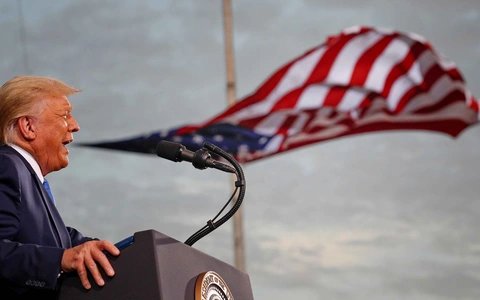
Given the significant economic policies Trump enacted, it’s essential to understand the reasons behind the 54% disapproval rating. There are several factors contributing to this dissatisfaction, which can be broken down into economic inequality, rising national debt, trade policy impacts, healthcare concerns, and public perception.
### **1. Economic Inequality and the Wealth Gap**
One of the primary criticisms of Trump’s economic policies was that they disproportionately benefited the wealthy and corporations while offering limited relief to working-class Americans. The tax cuts, in particular, were seen as giving the richest Americans and large corporations the most significant benefits. While corporate profits rose and stock markets flourished, many ordinary Americans saw little benefit in terms of wage growth and job security.
In fact, while the economy did grow during Trump’s first years in office, the benefits were unevenly distributed. Income inequality in the U.S. continued to widen, with wages stagnating for many low- and middle-income workers. For many Americans, Trump’s economic policies exacerbated the wealth gap, leading to frustration and disillusionment.
### **2. Rising National Debt and Fiscal Responsibility**
The Tax Cuts and Jobs Act, which significantly reduced corporate and individual tax rates, led to an increase in the national deficit. Critics argued that the tax cuts were irresponsible, particularly given that they were not offset by spending cuts. The U.S. national debt ballooned during Trump’s presidency, raising concerns about the long-term sustainability of the country’s fiscal policy.
Many Americans who disapproved of Trump’s economic management viewed the tax cuts as a short-term benefit for the wealthy, but a long-term burden on future generations. The rising national debt was seen as an issue that could have severe consequences for the U.S. economy, especially if interest payments on that debt continued to grow.
### **3. The Impact of Trade Wars and Tariffs**
Trump’s aggressive trade policies, particularly his trade war with China, were a source of significant economic discontent. While some sectors, such as U.S. steel producers, saw benefits from the tariffs, many other industries suffered as a result. Higher production costs for manufacturers, higher prices for consumers, and the retaliatory tariffs on U.S. exports caused economic pain for millions of Americans, especially in farming communities.
The trade wars also led to uncertainty in the markets, with businesses unsure of the long-term impact of the tariffs and trade disputes. Many American farmers, in particular, were hit hard by the tariffs, as China and other countries imposed taxes on American agricultural products in retaliation. For these Americans, Trump’s economic policies failed to deliver the promised benefits and created economic instability.
### **4. Healthcare and the Struggle to Replace the ACA**
Trump’s attempts to repeal the Affordable Care Act (ACA) were met with strong opposition, particularly from those who benefitted from the law’s protections, such as individuals with pre-existing conditions and low-income families who gained access to Medicaid. Trump’s promise to replace Obamacare with a better healthcare plan was never fully realized, leaving many Americans uncertain about their healthcare options.
The removal of the individual mandate, which was intended to expand coverage, led to fears that premiums would rise and fewer people would have access to health insurance. For many Americans, healthcare was one of the top issues, and Trump’s failure to address it effectively contributed to his disapproval rating.
### **5. Public Perception and Communication**
Lastly, Trump’s communication style played a role in how his economic policies were perceived by the public. Trump’s often combative rhetoric and controversial statements alienated large segments of the population, including those who might have benefited from his policies. While his supporters praised his straightforward, unapologetic approach, others found his rhetoric divisive and harmful.
In the case of the economy, many Americans felt that Trump was not addressing their concerns or empathizing with the struggles of the average person. The perception that Trump was more focused on appeasing the wealthy and large corporations, rather than addressing the needs of everyday Americans, contributed to widespread discontent.
## **The Future of U.S. Economic Policy**

While Trump’s economic policies undoubtedly had some successes, such as the stock market’s growth and the reduction of unemployment during the early years of his presidency, they also left significant challenges and divisions. The wealth gap widened, trade policies created instability, and healthcare remained a contentious issue.
Looking forward, the question remains: how will the next administration address these issues? Will future policymakers focus on repairing the economic inequalities exacerbated by Trump’s policies, or will they continue to pursue an agenda of tax cuts and deregulation?
For many Americans, the answer will depend on whether their economic needs are met and whether the next generation can achieve the same level of prosperity that the previous generations did. The U.S. economy faces significant challenges, and it remains to be seen how these issues will be addressed in the years to come.
## **Conclusion**
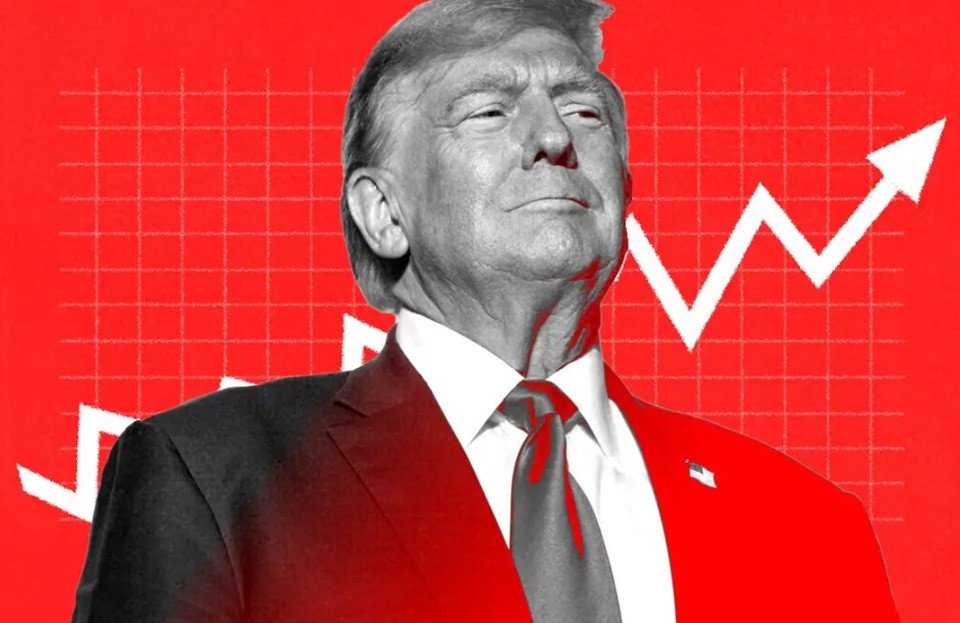
The 54% disapproval rating of Trump’s economic management reflects the complex and often divisive nature of his policies. While some Americans benefitted from tax cuts and deregulation, others felt the weight of rising national debt, trade wars, and healthcare uncertainty. Trump’s economic approach, though successful in certain areas, left a significant portion of the population dissatisfied, particularly those who felt left behind by the policies meant to benefit the rich and corporations.
As the U.S. looks to the future, the impact of Trump’s economic management will continue to shape public debate. The next administration will have to grapple with the consequences of these policies and work to address the economic inequality and instability that many Americans still face today.
